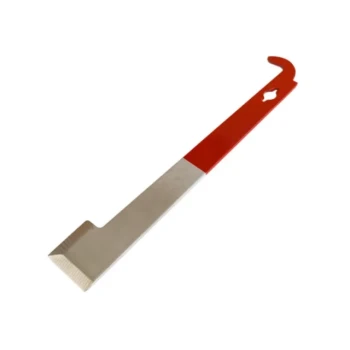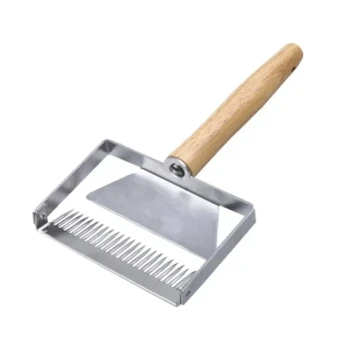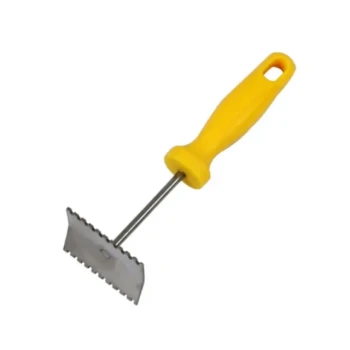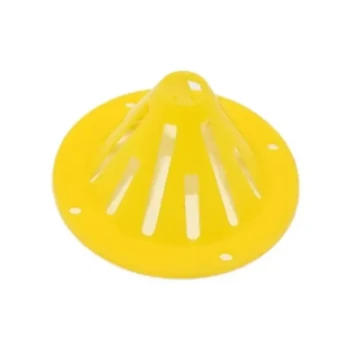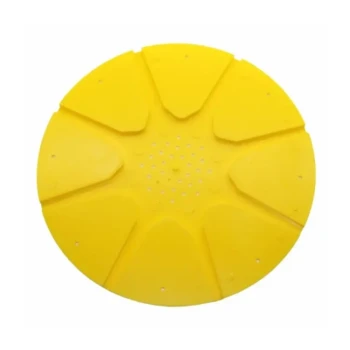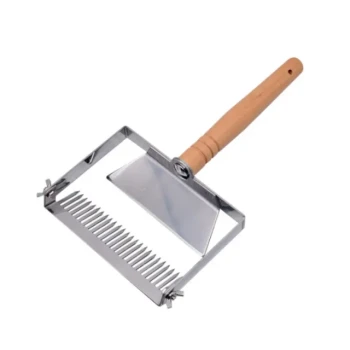At a minimum, you should monitor your colonies for Varroa mites at least three to four times per year. The most critical checkpoints are early spring, after the main honey flow, in the late summer or early fall before winter preparations, and a final check on broodless colonies late in the season. However, more frequent monitoring is the professional standard for proactively managing hive health.
The core principle is not to simply count mites, but to stay ahead of their exponential population growth. Regular monitoring allows you to intervene before mite levels reach a critical point, which is the key to preventing disease and ensuring your colony's long-term survival.
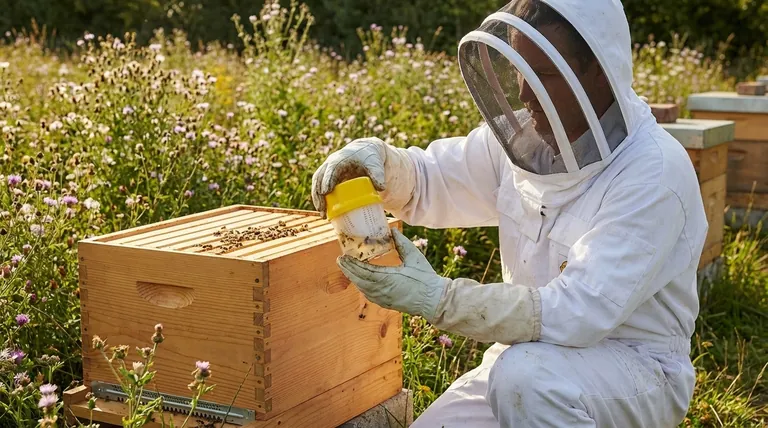
Why Frequent Monitoring is Non-Negotiable
Simply checking a few times a year can leave you vulnerable. Understanding the reasoning behind a more frequent schedule empowers you to protect your investment and your bees.
The Exponential Growth of Varroa
Varroa mite populations do not grow linearly; they grow exponentially. A seemingly low mite count in May can explode into a colony-destroying infestation by August if left unchecked.
Frequent testing allows you to track this growth curve and act decisively before the population becomes unmanageable.
Aligning with the Bee Brood Cycle
Varroa mites reproduce within capped brood cells. As the queen's egg-laying ramps up into the summer, you are also creating more opportunities for mites to reproduce.
Monitoring during this peak brood-rearing season is essential to gauge the true level of infestation.
Preventing Colony Collapse
High Varroa loads weaken bees directly by feeding on their fat bodies. More importantly, they act as vectors for a host of deadly viruses.
By the time you see visible symptoms like deformed wings, the underlying mite infestation is already severe and the colony is in grave danger. Monitoring is your early warning system.
A Year-Round Monitoring Calendar
Treating Varroa management as a seasonal process, rather than a single event, is the mark of a successful beekeeper. Your goals and thresholds change throughout the year.
Early Spring Assessment (Before Honey Flow)
Your goal here is to start the season with the lowest possible mite count. A clean start prevents a rapid summer build-up.
Aim for a mite level below 1% (fewer than 1 mite per 100 bees). If your count is higher, you must treat before adding honey supers.
Mid-Summer Check (After Honey Flow)
This is a critical checkpoint. Mite populations have been building alongside your bee population and are often approaching their peak.
This test informs your treatment strategy for the fall, which is essential for raising healthy winter bees.
Late Summer / Early Fall Assessment
This is arguably the most important monitoring period of the year. The bees raised during this time are the ones that will carry the colony through winter.
Your action threshold here is 3% (3 mites per 100 bees). If you are at or above this level, immediate treatment is required to protect your winter bees.
Late Fall Final Assessment (Broodless Period)
An optional but highly recommended check, especially after a fall treatment. Testing a broodless colony gives you a clear picture of the remaining mites on adult bees.
This final check confirms your colony is in a strong, low-mite state heading into the coldest months.
Understanding the Key Testing Method
The accuracy of your monitoring depends entirely on the method you use. Inaccurate counts can lead to a false sense of security.
The Accuracy of the Alcohol Wash
The alcohol wash is considered the most accurate and reliable method for assessing Varroa mite infestations. It is the standard used by scientists and professional apiary inspectors.
Using a device like the Varroa EasyCheck with this method provides dependable results you can use to make critical treatment decisions. A soap wash is a common and equally effective alternative to using alcohol.
The Cost of Precision
An alcohol wash requires sacrificing a sample of approximately 300 bees. While no beekeeper enjoys this, it is a necessary diagnostic tool.
Losing 300 bees to get an accurate count is a small, strategic loss compared to losing the entire 30,000+ bee colony to a misdiagnosed mite problem.
Making the Right Choice for Your Hives
Your monitoring frequency should be based on your commitment to colony health and proactive management.
- If your primary focus is maximum colony survival: Monitor monthly from April to September to gain the clearest possible picture of mite population dynamics and intervene early.
- If your primary focus is balancing effort with effectiveness: Adhere strictly to the key seasonal checks (spring, mid-summer, and early fall) and treat immediately when mite thresholds are exceeded.
Ultimately, consistent monitoring transforms you from a reactive beekeeper into a proactive manager of your colony's health.
Summary Table:
| Monitoring Period | Goal / Action Threshold | Key Reason |
|---|---|---|
| Early Spring | Assess pre-season levels; treat if >1% | Start the honey flow with a low mite count |
| Mid-Summer | Check post-honey flow; assess treatment need | Mite populations peak with brood rearing |
| Early Fall | Protect winter bees; treat if ≥3% | Most critical check for colony survival |
| Late Fall | Final assessment on adult bees (broodless) | Confirm low mite levels before winter |
Protect your apiary investment with professional-grade supplies.
As a commercial beekeeper or equipment distributor, proactive Varroa management is essential for the health of your colonies and the success of your operation. HONESTBEE supplies the durable, reliable beekeeping equipment and supplies you need to conduct accurate monitoring and effective treatments at scale through our wholesale-focused operations.
Contact our team today to discuss your specific needs and learn how our products can support your apiary's health and productivity.
Visual Guide
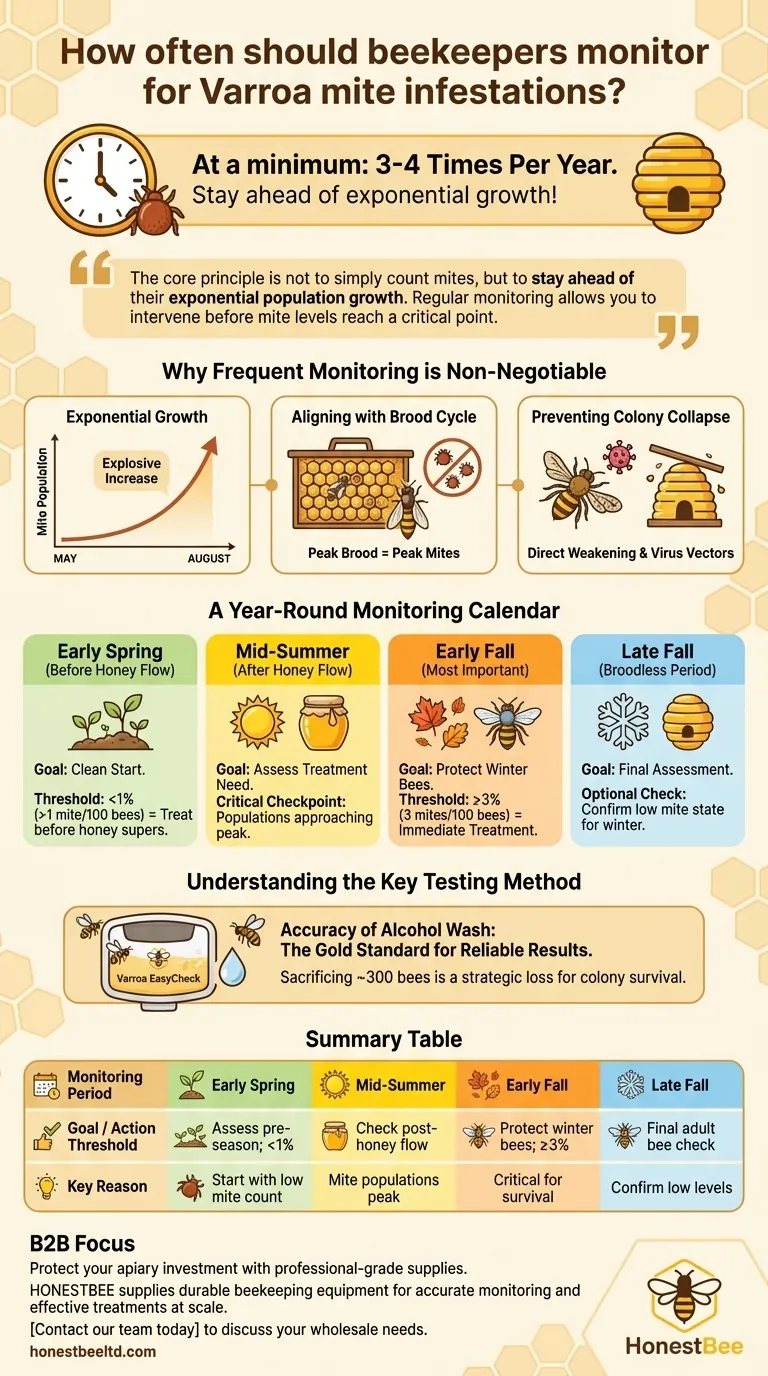
Related Products
- Varroa Easy Check Mite Tester Kit Counter Alcohol Wash Jar
- Durable 12V Oxalic Acid Vaporizer for Varroa Mite Treatment Beehive Beekeeping Tool
- Professional Stainless Steel J-Hook Hive Tool
- Extra Wide Stainless Steel Honey Uncapping Fork with Scraper Beekeeping Tool
- Stainless Steel Scraper for Metal Queen Bee Excluders
People Also Ask
- How is the infestation percentage calculated after counting mites? Master Varroa Mite Monitoring
- What is the Varroa EasyCheck used for? Accurate Mite Monitoring for Healthy Hives
- What is the Varroa EasyCheck and its purpose? Streamline Your Hive Health Monitoring
- How often should varroa mite checks be performed using the alcohol wash method? Optimize Your Apiary's Health
- Why is an alcohol wash preferred over powdered sugar rolls? For Accurate Varroa Mite Management


